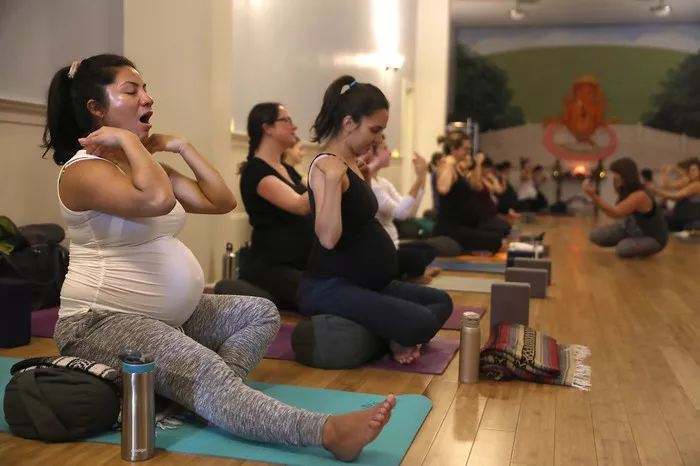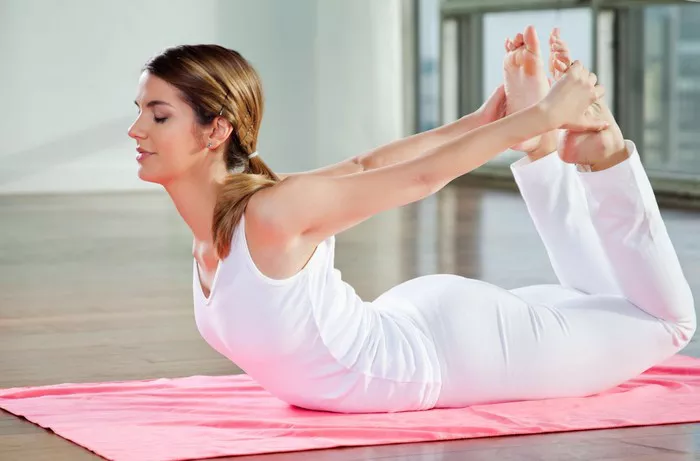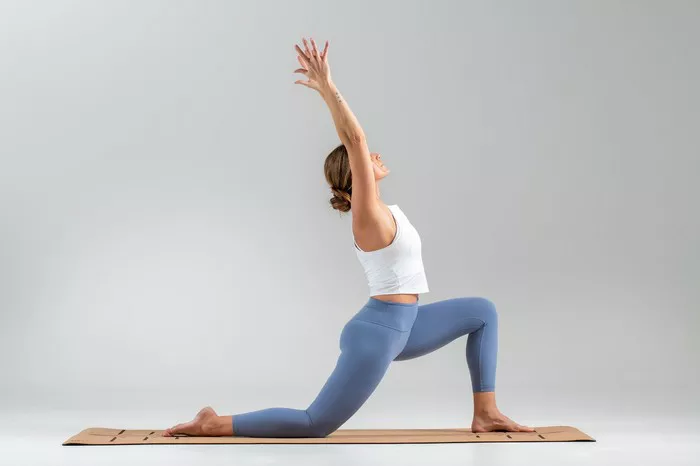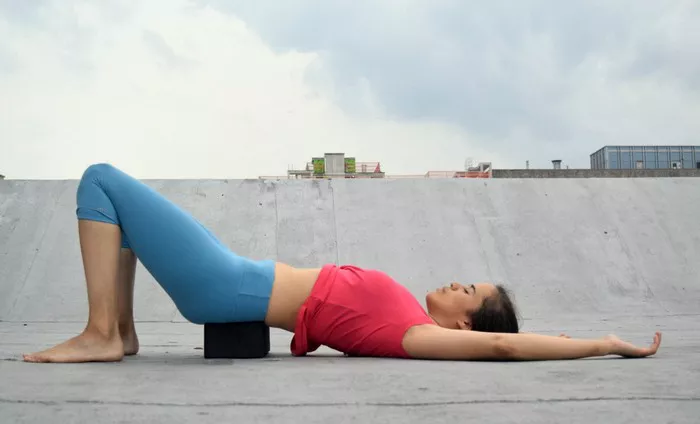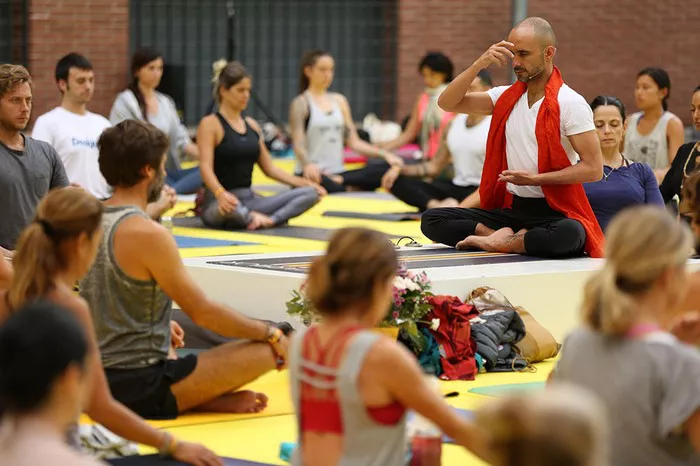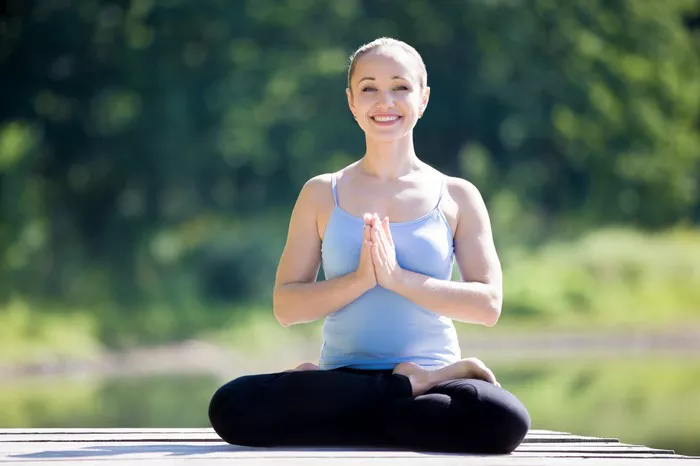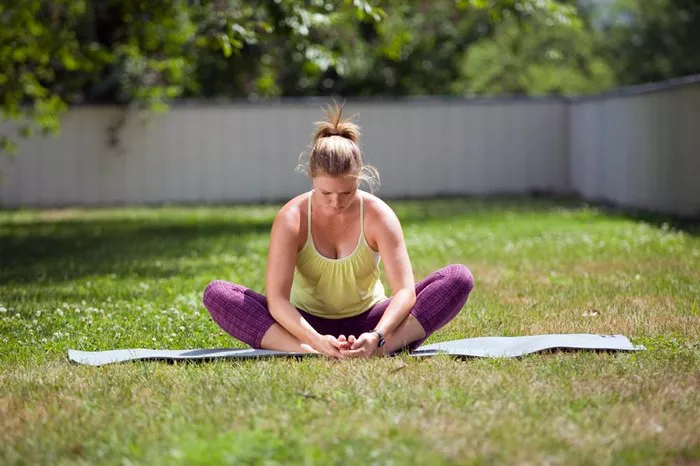In today’s fast-paced world, many people struggle with stress, anxiety, and a general sense of disconnection from themselves and their surroundings. One of the most effective tools for addressing these issues is yoga, a practice that offers both physical and mental benefits. Yoga for mindfulness, in particular, can help cultivate a deeper connection to the present moment, improve focus, and promote emotional balance. In this article, we will explore the concept of mindfulness, how yoga can enhance mindfulness, and provide practical tips for integrating mindfulness into your yoga practice.
What is Mindfulness?
Mindfulness, at its core, is the practice of paying full attention to the present moment, without judgment. It involves being aware of your thoughts, feelings, bodily sensations, and the environment around you, all while staying focused on the here and now. Mindfulness helps create a space between stimulus and response, enabling us to choose how to react rather than operating on autopilot.
The roots of mindfulness lie in Buddhist meditation practices, but in modern times, it has become a widely practiced mental technique for reducing stress and increasing overall well-being. Research has shown that mindfulness can reduce anxiety, depression, and emotional reactivity, while also enhancing cognitive function and emotional regulation.
The Connection Between Yoga and Mindfulness
Yoga is a spiritual, mental, and physical discipline that has been practiced for thousands of years. While many people initially come to yoga for its physical benefits, such as increased flexibility, strength, and balance, yoga also offers profound mental and emotional benefits. In fact, one of the central tenets of yoga is the idea of cultivating awareness in every aspect of life.
The combination of mindfulness and yoga is a powerful tool for grounding yourself in the present moment. Yoga teaches us to be aware of our breath, the sensations in our body, and our mental and emotional states as we move through the poses (asanas). When practiced mindfully, yoga transforms from a simple physical exercise to a holistic experience that can enhance emotional clarity, reduce stress, and promote inner peace.
Mindfulness in yoga involves both the mind and the body. By focusing on the breath, sensations, and alignment, we learn to experience each pose fully, instead of rushing through it or being distracted by thoughts or worries. This cultivates a state of presence and awareness that extends beyond the yoga mat and into our daily lives.
Key Principles of Practicing Yoga for Mindfulness
To truly practice yoga for mindfulness, you must incorporate several key principles that will help you develop awareness, focus, and presence. These principles can be used both on and off the mat to enhance your yoga practice and overall mindfulness.
1. Breath Awareness (Pranayama)
Breath is the bridge between the body and the mind. In yoga, breath control (pranayama) is one of the most effective tools for cultivating mindfulness. By focusing on the breath, we ground ourselves in the present moment and prevent our minds from wandering to past regrets or future anxieties.
Throughout your yoga practice, maintain awareness of your breath. Observe the natural rhythm of your inhales and exhales. If your mind starts to wander, gently bring your attention back to the breath without judgment. This simple act of mindful breathing can significantly reduce stress and create a deep sense of calm.
2. Body Awareness and Alignment
Each yoga pose has specific alignment principles that help you access the full benefits of the posture and prevent injury. However, alignment goes beyond physical form—it also involves awareness of how your body feels in each pose. Are there any areas of tension or discomfort? Is your body shifting in a way that feels balanced or is it being pulled in one direction?
By cultivating awareness of your body’s sensations, you are practicing mindfulness. The goal is not to force your body into a particular shape but to listen to its cues and honor its current state. This sense of mindfulness in your asanas can help you deepen your practice, increase your flexibility, and avoid pushing your body beyond its limits.
3. Observing the Mind
Yoga also invites us to observe the mind as it fluctuates between thoughts, emotions, and mental states. During practice, notice any thoughts that arise—whether they are positive, negative, or neutral. Instead of becoming attached to these thoughts, try to observe them as if they were clouds passing through the sky. By practicing non-attachment to your thoughts, you create mental space and cultivate a sense of inner peace.
In addition, yoga can help you notice habitual patterns of thinking, such as self-criticism or overthinking. With this awareness, you can begin to change the way you react to your thoughts, replacing negative thought patterns with more compassionate and mindful responses.
4. Non-judgment and Compassion (Ahimsa)
In yoga, the principle of Ahimsa (non-harming or compassion) encourages us to be gentle with ourselves. When practicing mindfulness through yoga, it’s important to let go of self-judgment and perfectionism. Instead of striving to “perform” the poses perfectly or comparing yourself to others, practice self-compassion and accept where you are in your practice.
Mindfulness in yoga is not about achieving a perfect pose; it’s about being present with whatever arises in the moment, whether it’s discomfort, ease, or frustration. Cultivate a sense of kindness toward yourself, knowing that mindfulness is about progress, not perfection.
How to Incorporate Mindfulness into Your Yoga Practice
Now that we understand the key principles, let’s explore some practical ways to bring mindfulness into your yoga practice.
1. Set an Intention for Your Practice
Before you begin your yoga session, take a moment to set an intention. This can be a word, a phrase, or even a feeling you want to cultivate during your practice, such as “calm,” “clarity,” or “strength.” Setting an intention helps guide your practice and allows you to stay focused on your goal, creating a mindful frame of mind from the very beginning.
2. Start with Breath Awareness
As you settle into your mat, start by bringing awareness to your breath. Close your eyes, take several deep breaths, and notice the sensations of the inhale and exhale. Feel the rise and fall of your belly or chest with each breath. If your mind starts to wander, gently bring your focus back to the breath. This simple practice is the foundation of mindfulness.
3. Move Slowly and Deliberately
In a typical yoga class, there may be a tendency to move quickly from one pose to the next, especially if the class has a fast pace or a focus on physical challenge. However, for mindfulness, slow down. Instead of rushing through the sequence, focus on the sensations in your body as you move into each posture. Notice how your body feels in the transition between poses and stay present in the moment.
4. Focus on Alignment and Sensations
While performing each posture, pay attention to your body’s alignment and the sensations you experience. Feel the stretch in your muscles, the engagement in your core, and the stability in your foundation. Is there tension in any part of your body? Is there a sense of ease in a particular posture?
Instead of aiming for a “perfect” form, focus on how the pose feels rather than how it looks. This approach creates a deep sense of connection between the body and mind.
5. Use Mindful Transitions
In yoga, transitions are just as important as the postures themselves. Instead of treating transitions as mere movements between poses, practice mindfulness during these moments as well. Move with awareness as you step into a new position or shift your weight. The space between the poses is a great opportunity to check in with your breath and body, allowing you to reset and stay focused.
6. End with a Moment of Reflection
After completing your yoga practice, take a few moments to reflect. Lie in Savasana (Corpse Pose) for a few minutes and notice the physical and mental sensations that arise. Are you more relaxed? Do you feel a sense of clarity or calm? Take time to appreciate the stillness and acknowledge the mindfulness you have cultivated during your practice.
The Benefits of Practicing Yoga for Mindfulness
Integrating mindfulness into your yoga practice can offer numerous benefits, both physically and mentally. Some of these benefits include:
Reduced Stress and Anxiety: Mindfulness in yoga helps reduce the body’s stress response by activating the parasympathetic nervous system (the relaxation response). This leads to a decrease in anxiety, heart rate, and blood pressure.
Improved Focus and Mental Clarity: Regular mindfulness practice sharpens attention and concentration, helping you stay present in your day-to-day life.
Enhanced Emotional Regulation: By practicing mindfulness, you can develop a better awareness of your emotional state and learn to respond to emotions with greater clarity and calmness.
Increased Body Awareness: Through mindful movement and breath awareness, you become more attuned to your body’s sensations, leading to improved posture, flexibility, and strength.
Cultivation of Compassion: Yoga and mindfulness encourage self-compassion, helping you accept yourself without judgment and fostering a kind and loving relationship with your body and mind.
Conclusion
Practicing yoga for mindfulness is a transformative way to bring more presence and awareness into your life. By focusing on your breath, sensations, and mental state, yoga can help you cultivate a deeper connection to the present moment. As you continue to practice, you will develop a greater sense of calm, clarity, and self-compassion, which will extend into your daily life, enabling you to navigate challenges with more ease and mindfulness. Whether you are a beginner or a seasoned yogi, the integration of mindfulness into your practice will deepen your understanding of yoga and support you in living a more balanced, mindful life.
Related Topics:




